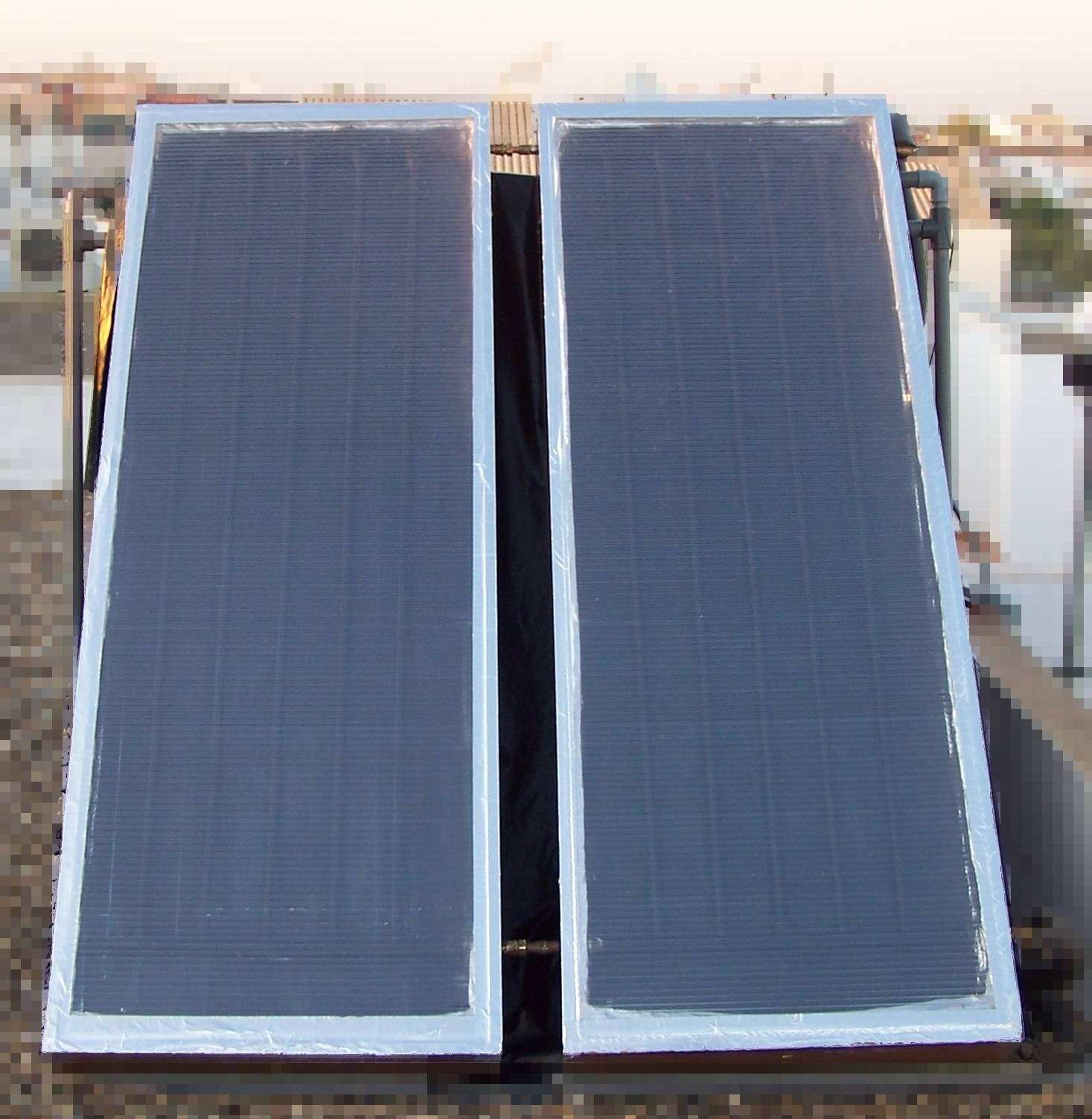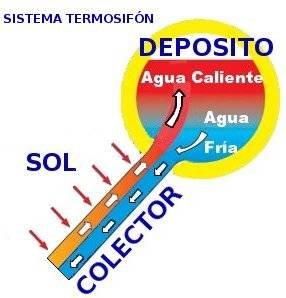
I present my home solar water heater, or also known as a solar water heater or solar boiler.
Some call it a solar heater.
I present the way to build a totally homemade water heater, capable of supplying hot water to 4 people every day, at a very low cost, without the need for subsidies.
If you are able to understand my home solar water heater project, you will be able to build and maintain your solar heater without help and without maintenance costs and without paying a high cost for a breakdown.
But not everything is saving money.
The purpose of this home solar water heater project is to understand how the resources of a home solar water heater work.
Solar water heaters are so efficient that they have been exploited commercially for a long time.
Of course it was also unavoidable, it is an open secret that heating water in a black bag or painted bottle is child's play.
I will briefly explain why it works. How to do it at home. How to take advantage of such a good and free resource as the sun, and how to make it ourselves little by little at home and comfortably.
Especially learning a little DIY and plumbing.
Without having to pay such a high price, which is surely what you like the most.
And with performance comparable or superior to many commercial models.
What is a solar water heater
First we have to understand what a solar water heater is and how it works, consisting of a collector and a tank.
And how a solar collector does to heat large amounts of water to such a high temperature in a very short time.
Because in the end it consists of that, in heating a lot of water very quickly.
Any homemade or commercial solar water boiler that you can buy, they look for the same function.
Build up a lot of heat inside a box (collector). Transfer that heat to the water that is inside, and carry all those loads of heated water to a tank (accumulator).
What a solar thermal equipment does is to heat the water in cycles and transport them to the accumulator, and while the water is heating up, or if it is the case that it is not heating, simply do nothing.
There are many determining circumstances that make a solar water heater better or worse.
The quality of the collector and reservoir, the way the water circulates and is controlled.
Everything will be explained clearly and the different configurations in which each system can be built.
All solar heaters, both commercial and home, consist of 3 parts to achieve the above described:
The efficiency of our home solar heater will depend on the materials used in the collector and its insulation.
It also strongly depends on the insulation of the water tank.
There are few trade secrets to this, most insulating with polyurethane foam.
We can use whatever comes to hand, polyurethane, cardboard, Styrofoam, rock wool….
It is easier than it seems, we can practically do it 100% at home and with perfectly comparable and superior yields.
Without pump, without differential thermostat, and if we want, even without probes.

I'm not saying it's bad. It can be as respectable as buying a seat panda now.
A thermosyphon solar heater, which is still available on many rooftops, has its advantages and disadvantages.
The advantages are that it does not depend on electricity, because the water or fluid circulates by itself as if by magic, and it is cheap to build and maintain.
The downside is that the performance is much lower, and the settings are very specific.
It requires a certain height and distance in the tank with respect to the collector ... those that we see with the tank rising horizontally.
The thermosyphon system circulates the water automatically by pressure difference.
The hot water rises and the cold goes down. But this happens slowly, and when the difference in pressure and temperature is noticeable.
This circulation is automatic, without any possibility of control.
It starts working from a certain temperature difference and very slowly, it is a free but slow motor.
Why should we expect less performance than the forced circulation system?
Because this natural form of circulation starts late, and ends early. Whereas in a forced system we can make the pump start at 1º difference.

It is the system that interests us the most if we can assume a little effort.
The water pump can be activated and deactivated in the following ways:
The function of this differential thermostat is to activate and deactivate the water pump.
The former occurs when the collector is hotter than the accumulator (tank).
And the opposite when the collector does not help to heat the accumulator more.
I have to clarify that we are talking about a small and simple water pump.
You don't need a bomb that looks like a submarine.
The electrical consumption of the entire system (differential thermostat and water pump assembly) is usually very very low.
When the pump does not circulate, consumption is ridiculous.
A suitable water pump can be between 10w to 15w of consumption. Obviously consumption is only when it pumps.
I have chosen to do it with a water pump (forced circulation) and I am going to base the entire project on that modality (but you can follow the same instructions skipping the part that you discard)
For 2 simple reasons:
The disadvantage of forced circulation is the cost (which is not much), and that we depend on electricity.
Although this dependency can be saved with a backup electric battery.
A forced circulation system on the market can be very expensive.
But in our case we will assemble it ourselves and at material cost price.
Once you have assumed how everything works, the repairs and maintenance will also be at cost.
There are many more variants on solar heaters, with temperature exchangers, with heat transfer glycols, with various devices.
These configurations have advantages and disadvantages.
But in the best of cases any type of exchanger will lose performance.
I am going to do it with water and collector and accumulator directly with the same water, without exchangers.
Maybe in the future I will consider it, but right now the simple and basic configuration works very well.
From here you need to follow the following articles for each link, these being segmented by each part of the heater.
Solar collector box construction
Article: How a solar heater worksConstruction of home collector bars
Article: about homemade tank without pressure Construction of the home depot